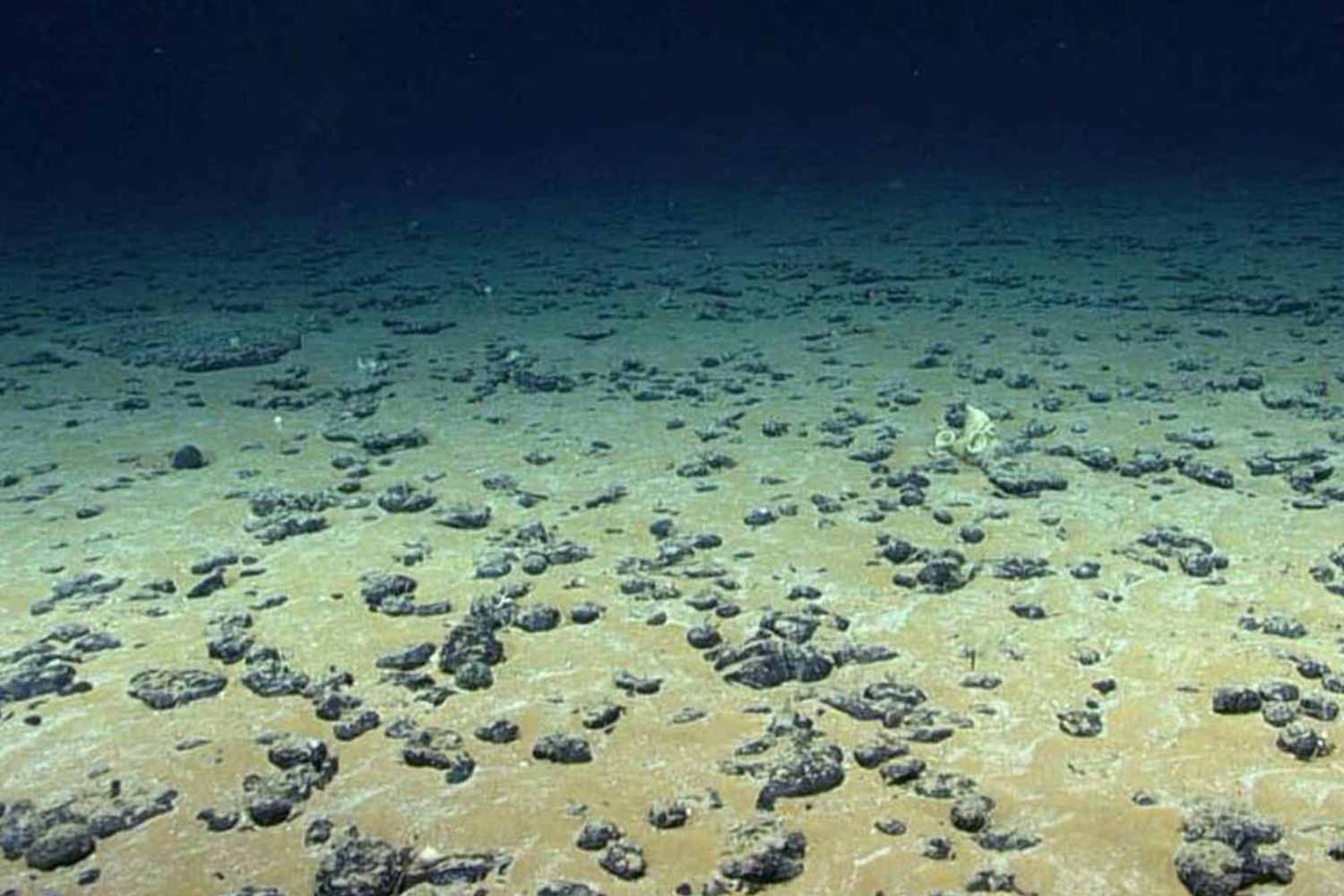An ocean-born treasure is stepping into the spotlight, and Europe is ready to use it. Each year, nearly 45,000 tons mark a turning point for energy and industry. The shift promises cleaner power, steadier supply, and new skills. It supports factories, transport, and homes while lowering emissions. Investors see momentum, because technology, policy, and ports align. The stakes are high, yet the path looks practical and fast. Here is how the sea becomes a growth engine.
Why this ocean treasure changes Europe’s energy map
For decades, the North Sea meant oil and gas. Now, steady winds and shallow banks turn that basin into a vast renewable platform. Offshore arrays can reach 300 gigawatts of capacity. That level powers millions of homes and feeds molecules that store clean energy. It also anchors industrial supplies.
Turbines stand in consistent wind, so output stays reliable, while water depths simplify construction and maintenance. Ports, grids, and supply chains already exist, so build-out can scale faster than in new frontiers. The seabed, cables, and interconnectors together form a backbone that links coastal economies with industrial heartlands.
This shift reframes strategy. Instead of chasing volatile imports, Europe cultivates domestic strength at sea while cutting emissions at source. The infrastructure doubles as insurance, since electrified steel, chemicals, and transport demand long-duration storage. That is why planners describe the basin as the continent’s energy treasure in plain sight.
How electrolysis links offshore wind to zero-carbon uses
Electrolysis splits water into hydrogen and oxygen using electricity. When that power comes from offshore wind, the hydrogen carries no carbon penalty at delivery. The molecule becomes a flexible carrier that moves energy in pipelines, tanks, or ships. It then supports factories, fleets, and neighborhoods without tailpipe emissions.
Hydrogen stores energy, so it complements variable wind. Operators can run electrolyzers when the grid has surplus power, then shift that supply to periods of peak demand. Steel, cement, and chemicals use it as feedstock or high-heat fuel. Heavy trucks and some ships gain range with quick refueling.
The process looks simple, yet engineering drives costs and integrity. Stack efficiency, water treatment, and compressors matter as much as megawatts. Integration also counts, since ports need tanks, safety systems, and trained crews. Together, these pieces turn today’s experiments into tomorrow’s dependable treasure of practical, zero-carbon energy service.
Impacts, best practices, and real-world trade-offs onshore and offshore
Industries feel the change first. As hydrogen displaces fossil fuels in furnaces and kilns, emissions fall while output stays competitive. As logistics improve, ports attract suppliers, and coastal towns add skilled jobs. Households benefit as networks modernize, since efficient heating, cleaner air, and stable bills depend on resilient energy systems.
Projects do stumble when priorities clash. Developers push timelines, regulators enforce safety, and communities weigh views, noise, and fishing grounds. Coordination solves this. Clear permits, shared data, and staged build-outs reduce conflict while keeping standards high. With accountability, schedules hold, financing costs drop, and public trust grows steadily.
Good practice sounds practical, not grand. Design for grid flexibility, publish impacts, and train local crews early. Plan for decommissioning before first steel. Since each habit compounds benefits, the region banks reliability and cost control. Only then does the hydrogen system become a durable treasure that society will actually use.
Numbers that explain this treasure and the technologies speeding it up
According to the source provided, Europe can produce nearly 45,000 tons of green hydrogen each year from this offshore platform. The figure signals early promise, because steady supply enables contracts and bankable projects. As volumes grow, learning curves lower costs, while infrastructure standards spread across ports and industrial clusters.
Technology accelerates the curve. A Windcatcher design stacks many turbines on a single floating frame, forming a wide, wind-facing wall. As it captures stronger, steadier flows, output rises for each unit of sea space. Developers then deliver more electricity per cable, substation, and vessel day, which improves economics.
Scaling requires discipline as well as invention. Operators sequence arrays to match grid capacity and electrolyzer rollouts, while planners keep storage and safety aligned. Since transparency helps investors judge risk, milestones matter. With each successful tranche, the flow of electrons and molecules turns into a dependable treasure of clean supply.
From barriers and red tape to a credible path to leadership
High upfront costs challenge offshore build-outs. Platforms, cables, and electrolyzers require large capital before revenue flows, while insurance and maintenance add weight. Bureaucratic red tape slows permits, and a patchwork of rules complicates cross-border links. Member states also move at different speeds, so regional plans drift unless leadership tightens focus.
Many projects struggle when stakeholders pull apart. Developers target deadlines, grid operators juggle constraints, and agencies defend process. Clear coordination fixes this. Streamlined rules, faster auctions, and common standards cut friction while protecting safety. Since clarity lowers financing risk, money arrives earlier, and teams keep schedules without expensive idle time.
With reforms, Europe converts vulnerability into advantage. Domestic supply replaces volatile imports, while green jobs grow across ports and factories. Energy security improves as infrastructure multiplies routes and buffers. Step by step, the continent shapes a market others will follow. That is how a clean treasure becomes global leadership.
What matters now is joint action that keeps ambition practical
As people first grasp hydrogen’s cross-sector reach, the scale surprises, then the uses multiply. The North Sea’s resource can reset habits across factories, fleets, and homes, provided decisions stay coordinated and honest about trade-offs. As the path is open and the payoff is practical, this ocean treasure invites scrutiny and bold, responsible steps. Share your view on how Europe should build, sequence, and govern the next wave of clean energy projects.
